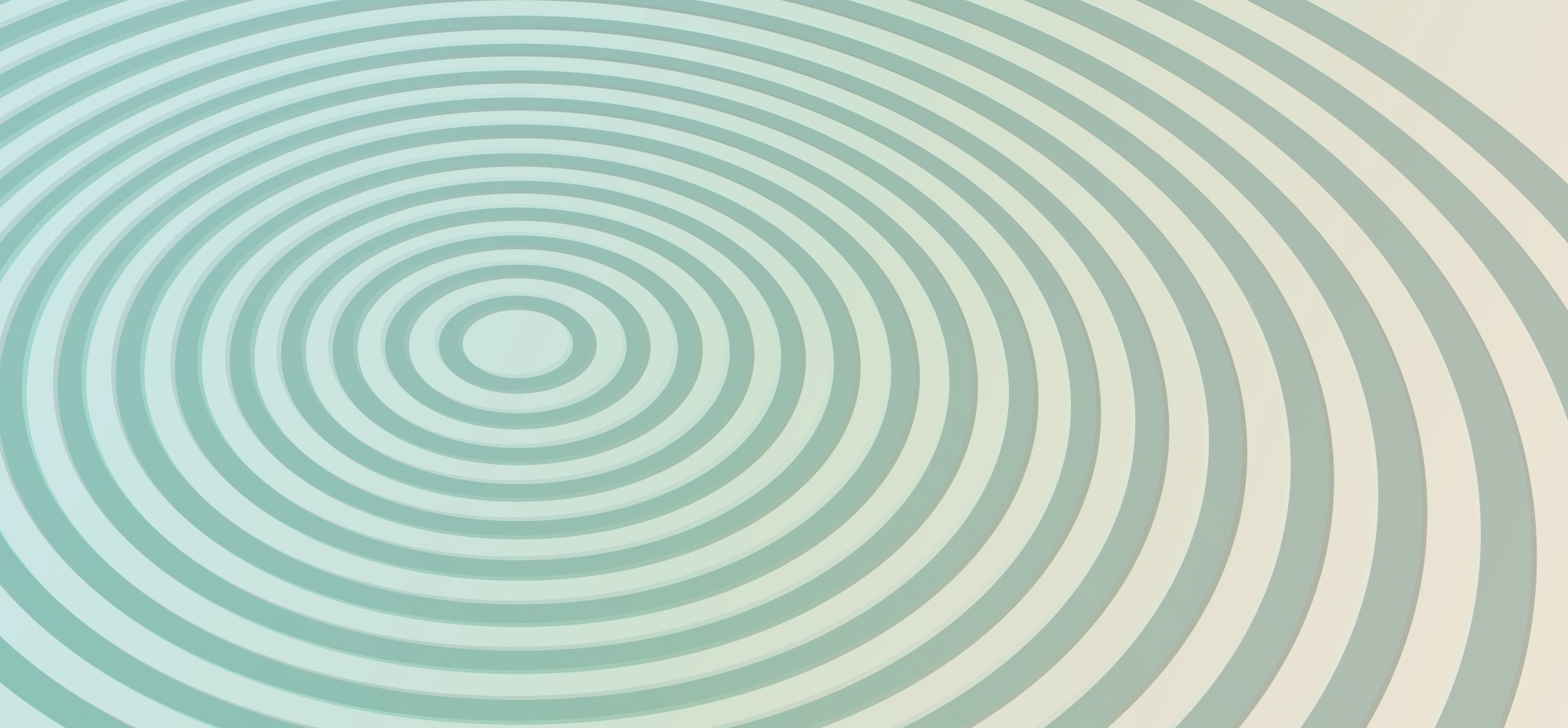We are now facing the reality of one of the biggest challenges of this generation: Global warming and climate change. The promise of a circular economy is a transformative idea, one that could significantly alter the path we are on, but we need to understand its complexities to successfully apply zero-waste thinking.
This past October, we attended the annual Zero Waste Conference presented by Metrovancouver. Focused on circular economy, waste prevention, and local and global perspectives for no-waste innovations. This conference gathers the best thinkers and doers that are defining the future by understanding and implementing the circular economy, the fight against pollution, and the shift to close-loop systems.
The Circular Economy
A circular economy moves away from the “take, make and dispose” business model, to one where goods are produced, distributed, and consumed in a way that keeps their value and resources for as long as possible. Even though the pathway to a circular economy is already underway with many companies doing the groundwork the current manufacturing and economic models will need to change to create the clean-economy opportunities of the future.
A circular economy moves away from the “take, make and dispose” business model, to one where goods are produced, distributed, and consumed in a way that keeps their value
At Dossier, we believe the transition to a Circular Economy model requires immediate societal lifestyle changes that empowers consumers to see their purchases choices as buying something of value vs. just disposable convenience. This is where we are aiming our expertise in design knowledge and design craft and are ready to help our clients lead the charge in this complex times.
The work starts now
One of humanity’s biggest challenges is waste. We are not reducing, reusing, or recycling at the same pace as we are consuming. We also know we have an unhealthy relationship with plastics, even though they help us in many positive ways i.e. distribution practices, safe medical devices, food safety, and prevention of food waste, etc.
The solution is not necessarily to stop using plastics, but to reduce our consumption and use them more consciously.
The solution is not necessarily to stop using plastics, but to reduce our consumption and use them more consciously. The mirage of the “blue-bin” mentality has green-washed our behaviour as we have abused and over-produced single-use plastics for convenience and comfort, without properly following our own recycling processes.
A Financial Opportunity
This could be turned into opportunity as the transition to a circular economy has the potential to generate $4.5 trillion in global benefits. Consumer behaviours are changing. People know that their decisions about what to buy and what to eat matter more than ever, and that individual action can accelerate meaningful change.
A circular economy has the potential to generate $4.5 trillion in global benefits.
Transformational changes are needed today, so we need to accept the fact that these changes are not going to be incremental. This shift will require a strong leadership, discomfort, and plenty of collaboration… yes, it’s a massive shift but we believe consumers are ready for it, and therefore industries and government should be ready too.
Where to begin?
Unfortunately, there is not one set path, but there are immediate changes and behaviours we can make to start the move to a better future, for example:
- Tackling waste is the basis of circular economy and half of the world’s waste comes from packaging. Manufacturers and designers need to work together to find solutions that give better ways to produce, collect and recycle products to keep them in a continuum cycle. Check this example from Patagonia.
- Higher costs can be a reason why people don’t transition to new circular models. Government subsidies, policies and regulations that incentives the use of recycled or repurposed materials could help to make this transition possible.
- Government, companies, industries and individuals should start by setting benchmarks and baselines to understand, with honesty, where we stand today and what scale of change we are required to make to affect metrics and measurements.
- Prevention instead of clean-ups. Deep understanding of our behaviours, responsibility, and accountability in the problem. Check this article regarding PET bottles and what companies are doing to stop their production in the future.
Canada as a global leader
In 2020, Canada will host the World Circular Economy Forum. This puts our country in the spotlight to show our leadership and talent to the world stage. We have to talk about the steps we need to take to integrate into the global circular economy, and understand what success will look like for the Canadian economy, our lives and our communities.
There are plenty of issues to tackle, and there are things to do in every field, but changes don’t need to come from the top down. Small businesses could have more opportunities to transition to circular economy model and could potentially be the paradigm shift for bigger organizations. For example, see what a local company, Ocean Legacy, are doing about ocean waste.
Small businesses could have more opportunities to transition to circular economy model and could potentially be the paradigm shift for bigger organizations.
There are already circular economy models in place in many industries and communities in Canada, small and big. Trying to create programs that tackle lifestyle changes and community sharing to use less new materials, like Unbuilders and Tradle.
At Dossier we are finding partnerships and dialogue starters within our community and industry that can help drive individual action.
At Dossier we are finding partnerships and dialogue starters within our community and industry that can help drive individual action and find interconnectedness in our current complex dynamics to find smarter ways to do things. Smart should mean simple and flexible and must be a shift from utilizing the destructive and turn it into constructive.
The problem is solvable, but the time for thinking is over. It’s time for action.

